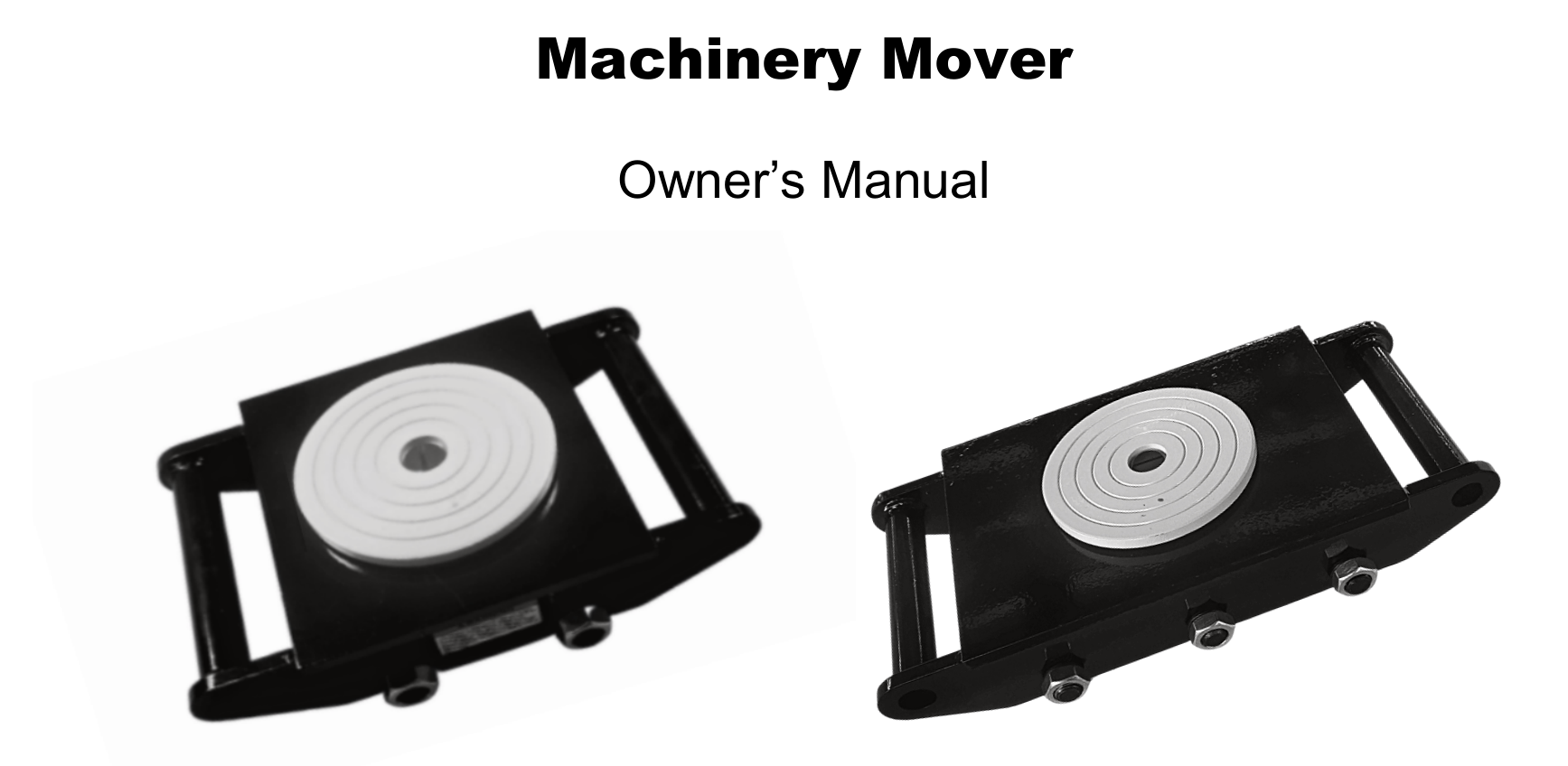Exploring the Benefits and Applications of Overhead and Gantry Crane Systems in Industry
Overhead and Gantry Cranes An Overview
Overhead and gantry cranes are essential pieces of equipment utilized in various industries for handling heavy materials. These cranes primarily serve in manufacturing facilities, warehouses, and construction sites where the movement and lifting of bulky loads are required. Understanding their structure, functionality, and applications is crucial for optimizing operations and ensuring safety.
Structure and Design
Overhead cranes consist of a bridge that spans the workspace, fixed on two parallel runways. The bridge can be equipped with a hoist system that allows for vertical lifting and lowering of materials. Gantry cranes, on the other hand, feature a similar design but are supported by legs that move on wheels or tracks. This distinctive structure makes gantry cranes highly versatile, as they can be positioned anywhere in the area of operation, making them suitable for outdoor and indoor applications.
Both types of cranes can be operated manually, semi-automatically, or fully automatically, offering varying levels of control depending on the operational needs. Modern advancements have introduced features like remote operation, which enhances safety and efficiency.
Functionality
The primary function of overhead and gantry cranes is material handling. They are designed to lift and transport heavy loads with precision. The lifting capacity of these cranes can range from a few tons to several hundred tons, depending on the needs of the industrial application.
The hoisting mechanism typically includes a chain or wire rope system that is powered by an electric motor. This enables the crane to lift heavy objects vertically, while the bridge allows for horizontal movement across the workspace. With the addition of specialized attachments, such as clamps and hooks, these cranes can handle a variety of materials, including steel beams, containers, and machinery.
overhead and gantry cranes

Applications
Overhead and gantry cranes are widely used across multiple sectors. In manufacturing, they are integral to assembly lines where heavy components need to be moved from one station to another. In warehouses, they facilitate the loading and unloading of goods in bulk. Construction sites utilize these cranes to lift heavy materials like concrete slabs and steel structures, significantly enhancing work efficiency and safety.
In addition to traditional applications, advancements in technology are expanding the use of these cranes. For example, advances in automation and integration with digital systems allow for smarter operations, which can decrease downtime and increase productivity.
Safety Considerations
Safety is paramount when operating overhead and gantry cranes. Operators must undergo thorough training to handle these machines effectively. Mandatory safety inspections and maintenance work are required to ensure the cranes are in good working condition and comply with safety standards.
Employers often implement safety protocols, such as load limits, signaling systems, and the use of personal protective equipment (PPE), to mitigate risks associated with crane operations. Regular training sessions and safety drills are crucial for maintaining a culture of safety in workplaces that utilize heavy lifting equipment.
Conclusion
Overhead and gantry cranes play a pivotal role in modern industrial operations, facilitating the efficient movement and handling of heavy materials. Their versatile designs and advanced functionalities make them indispensable in various sectors. However, with their powerful capabilities comes the responsibility of ensuring safe operations. By adhering to safety protocols and investing in operator training, businesses can maximize productivity while minimizing risks associated with heavy lifting. As industries continue to evolve, so too will the technologies and methodologies surrounding these essential lifting devices.
-
The Ultimate Guide to Heavy Machinery Moving EquipmentNewsAug.04,2025
-
The Evolution of Large Equipment MoversNewsAug.04,2025
-
Maximizing Efficiency with PML Magnetic Lifters in Industrial OperationsNewsAug.04,2025
-
Choosing the Best Small Gantry CraneNewsAug.04,2025
-
Innovations in Permanent Lifting Magnet TechnologyNewsAug.04,2025
-
How to Maintain Your Adjustable Gantry Crane for LongevityNewsAug.04,2025
-
PML 6 Lifting Magnet Troubleshooting GuideNewsJul.25,2025
